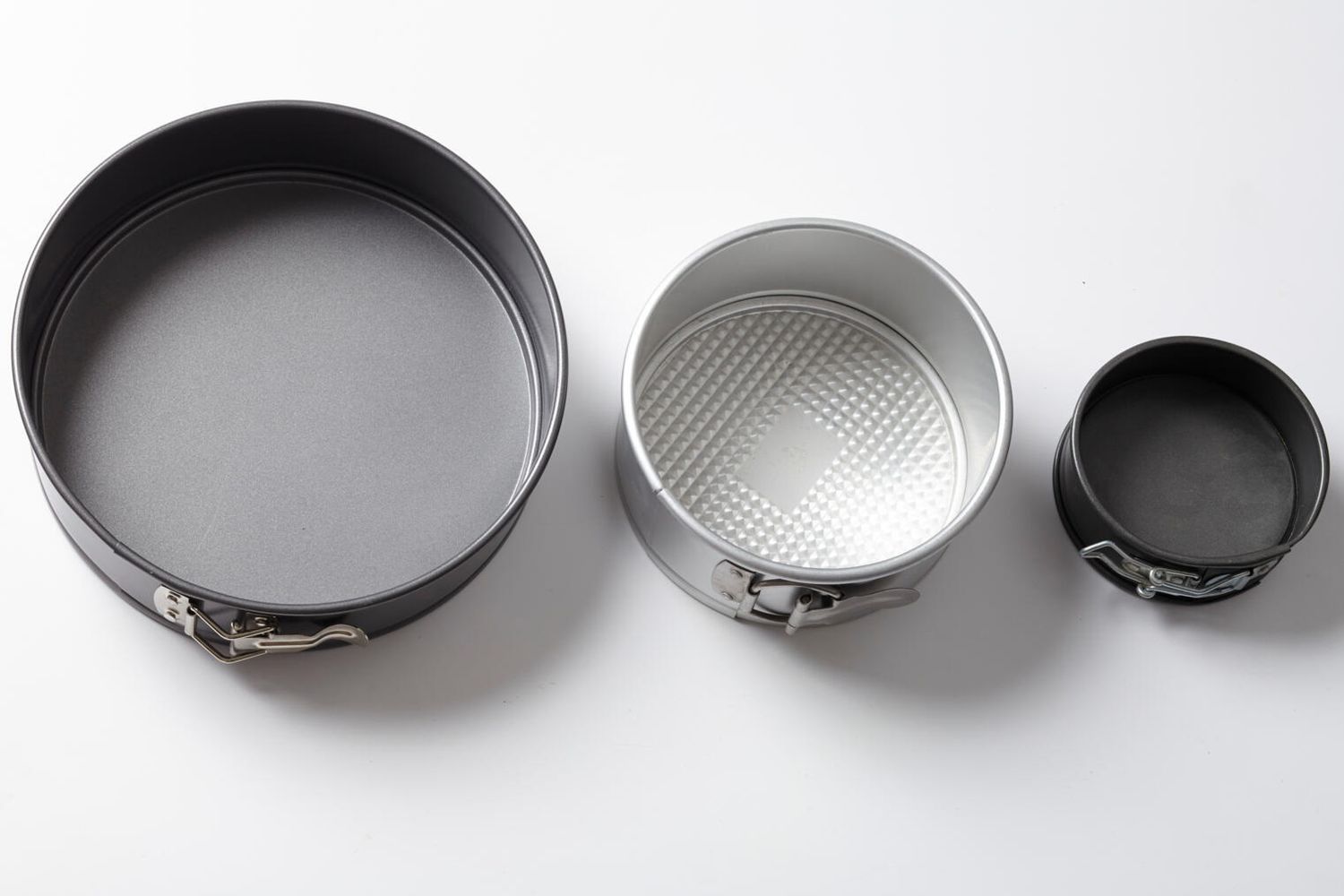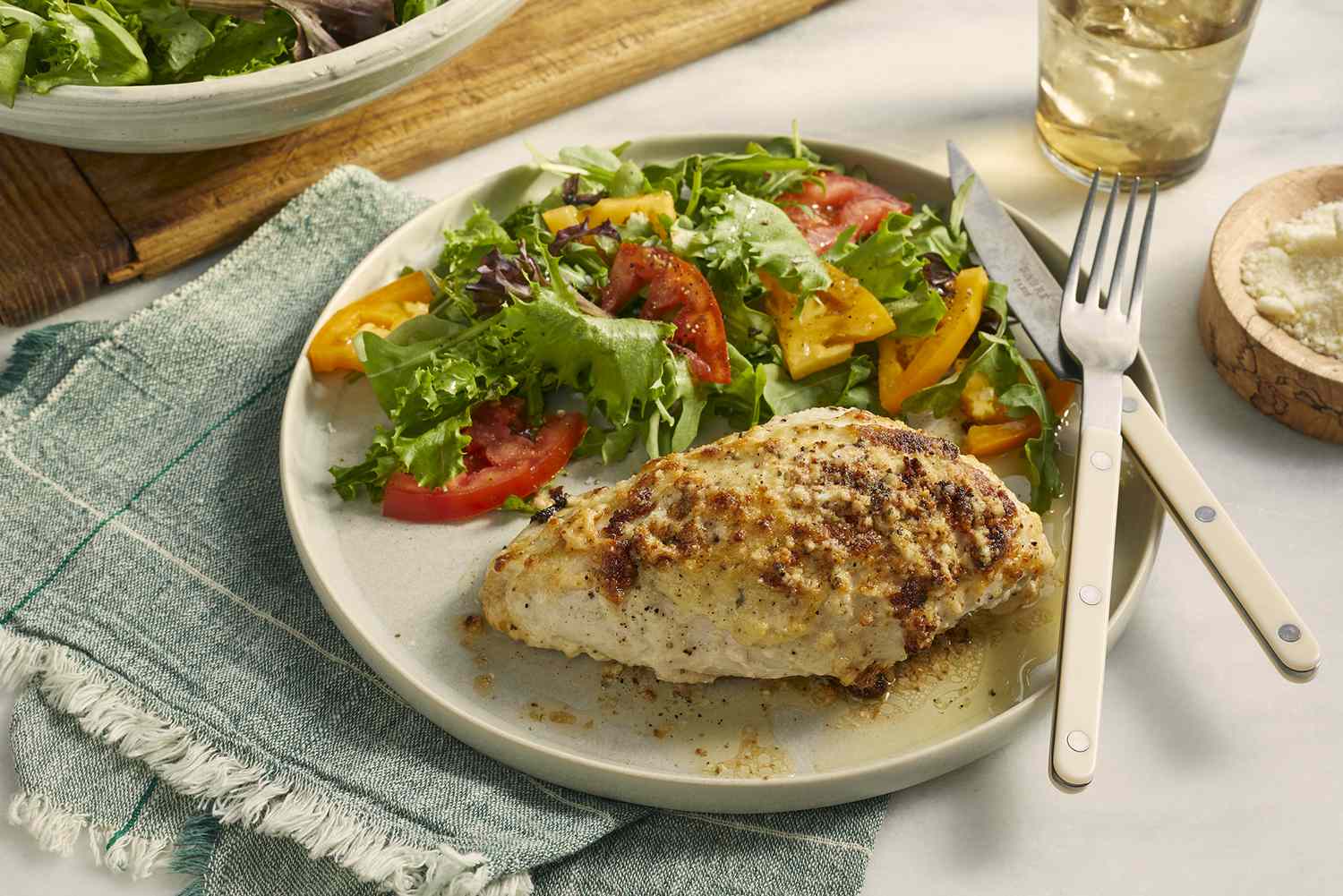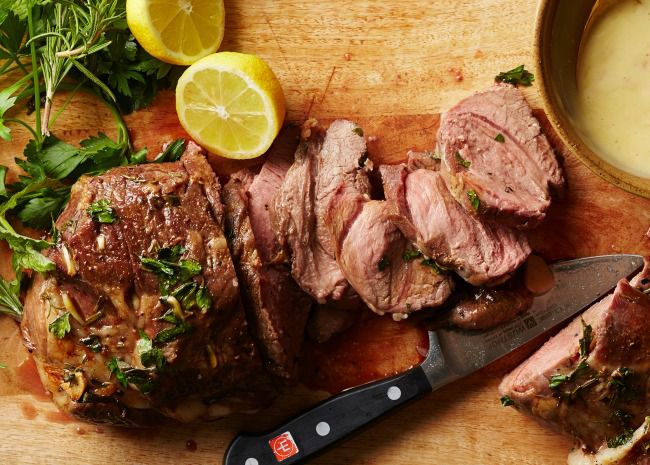In all of the amazing baking that has been going on this past year, one thing has become something of a conundrum. Without the benefit of large gatherings, or working in offices, or attending school in person, recipes that make large cakes simply make too much cake for one household to consume before it goes stale.
This issue increases exponentially if you live in a household of just one or two. But that doesn’t mean you need to go down a rabbit hole of mug cakes for one. It just means you should get to know your recipes and how to scale them down. However, that’s not as easy as you might think. With savory cooking, scaling down usually means simply cutting a recipe in half. But the science of baking makes this risky.
So what’s the solution? You are always better off simply baking a full recipe in several smaller baking pans rather than attempting to figure out what half an egg would even mean, let alone how to get there!
When you bake a full cake recipe in smaller pans, you’ll end up with several smaller portions — one to eat now and a few to share or to store for later. But there are some tips and tricks to make this easier, and some pitfalls to avoid. I’ll share tips for baking cakes in smaller sizes, plus how to freeze the extras.
Tips for baking cakes in smaller sizes

Most cakes, including cheesecakes, can be successfully baked in smaller baking pans by simply adjusting the baking time based on how small you have made them. You do not need to change any other aspect of the recipe — from ingredient amounts to baking temperature — just the size of the container and the length of the baking time. This is so much easier than attempting to divide a recipe to make less!
Generally speaking, converting larger cake recipes to smaller baking pans means turning big cakes like Bundt cakes or sheet cakes into either cupcakes, muffins, or small loaves; scaling layer cakes into cupcakes or mini layer cake; and turning large loaf cakes into small loaves or muffins. Cheesecake recipes can be baked in a couple of smaller springform pans or even in cupcake pans to make mini cheesecakes.
This handy chart of cake and baking pan size conversions shows you exactly how cake batter will fit into any size baking pan.
Tips for freezing, storing, and thawing small cakes
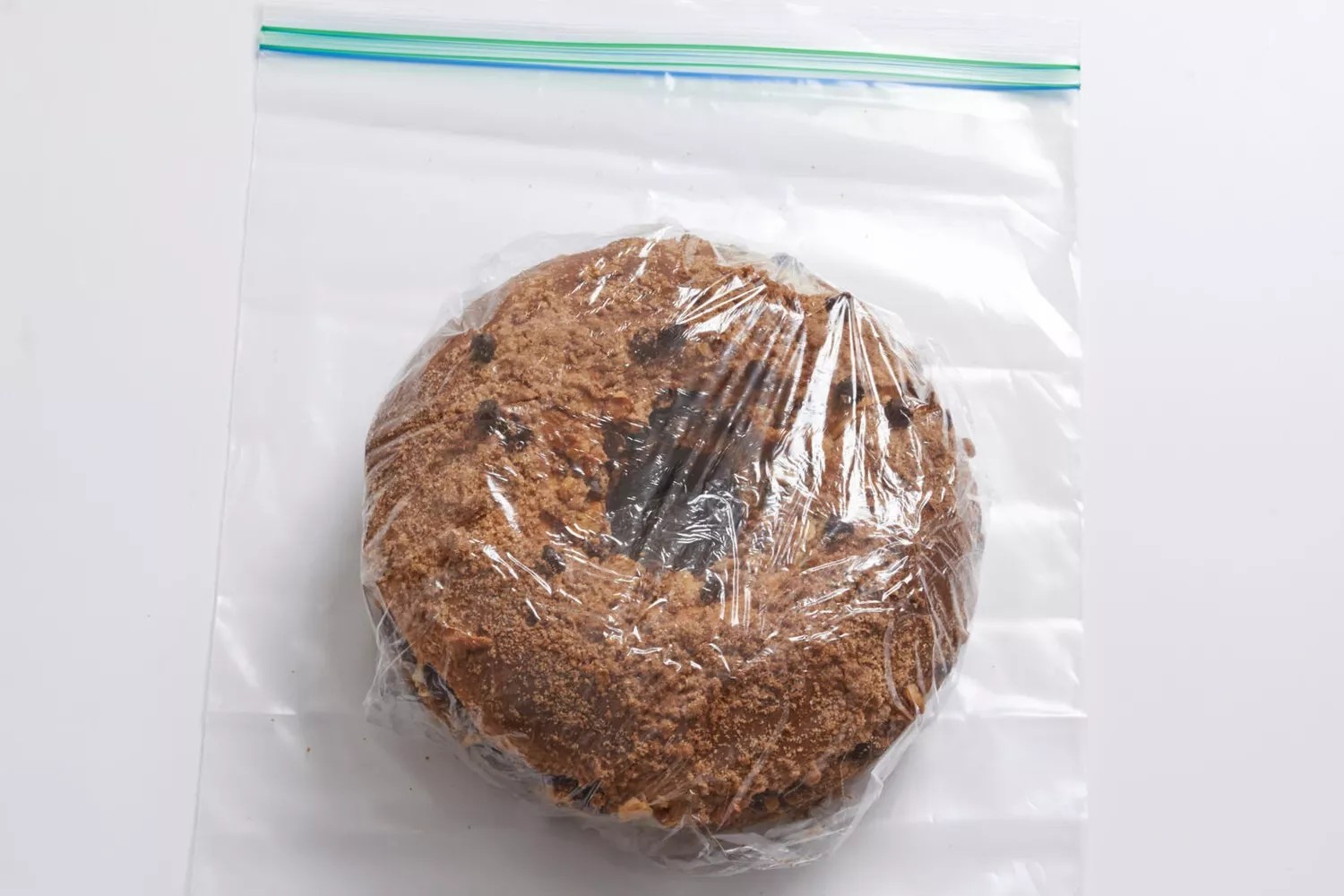
Cakes should be frozen in as close to whole form as possible. For best results, let baked items cool completely before freezing portions or whole items on a parchment lined sheet pan. When they’re frozen solid, wrap individually in plastic wrap and store in zip-top freezer bags for up to 4–6 months. This will allow you to dole out treats as needed and will prevent freezer burn.
- To thaw frozen cake, leave it wrapped in plastic wrap and thaw it in the refrigerator overnight or on your countertop for an hour or so.
- To thaw frozen cheesecake, leave it wrapped in plastic and thaw overnight in the fridge.
Freezing and thawing cake batter
Another option for downsizing your cakes is to make your cake batter and use a portion of it to bake a small cake, then freeze the rest of the batter to use another time. Any cake batter that is either oil-based or follows the creaming method, and does not use whipped egg whites for leavening, can be frozen in batter state. Frozen cake batters baked from cold rise better and have better texture than those that are allowed to warm up.
- Transfer the batter you do not need to an airtight container and press a piece of plastic wrap directly on the batter surface to prevent freezer burn.
- Thaw frozen cake batter overnight in the fridge, and bake from cold. Do not let the batter come to room temperature.
- Add a little extra time to the baking to compensate for the chill.
Note: Do not thaw and refreeze cakes or cake batter.
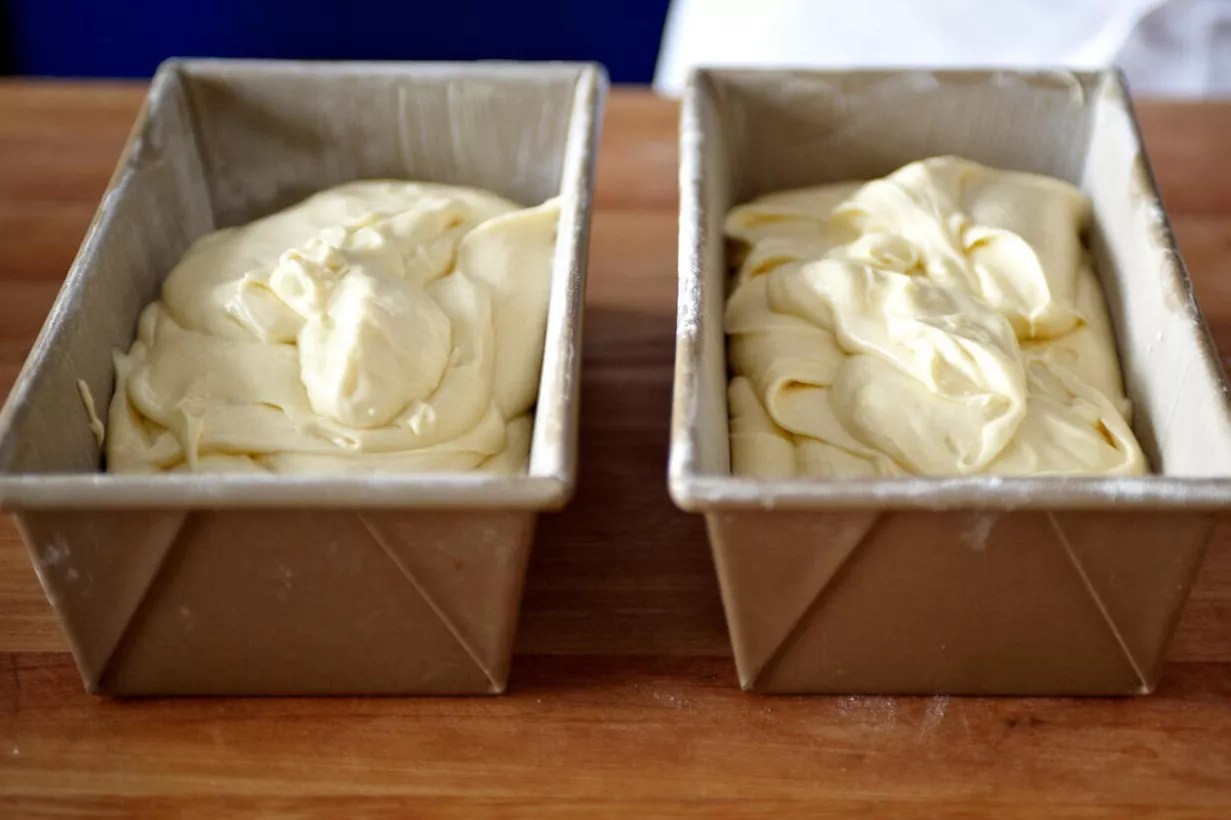
Which cakes bake and freeze well?
For starters, figure out if your cake recipe freezes well. It should say so right in the instructions and will likely give you some guidance on how to freeze for best success. Freezing baked goods and their components for future desserts is the easiest way to benefit from scaling down a recipe. If you have space in your freezer, this can give you a terrific stash of future treats and desserts that are fast and easy. Properly wrapped cakes can be frozen for up to 4–6 months.
If your recipe does not freeze well, making smaller versions makes it easier to share the bounty of your kitchen, and whole smaller bakes stay fresh longer than large ones that have portions removed. For example, shifting your glazed tube cake to glazed muffins makes it both easily shareable and storable.
Layer cakes with fillings and/or frostings
Generally, cakes with whipped cream or custard fillings or frostings do not freeze as well as those with a buttercream style filling or frosting. And you will always find that you’ll have an easier time freezing something unfrosted and unfilled. Whether you are making a two-layer cake that you want to convert from one 9–10 inch cake to two 6-inch cakes, or turning the recipe into frosted cupcakes, it’s best to freeze cake and fillings or frostings separately for assembly later.
Tube or Bundt cakes
You can find miniature versions of these cakes in the form of tins that might hold 4–8 smaller versions, or you can bake in muffin tins. If your tube cake recipe is one that rises tall, like an angel food or chiffon style cake, consider baking in popover pans which can help get that rise. Angel food and chiffon cakes freeze well.
Sweet breads and loaf cakes
These convert really well to muffins of any size or mini loaf tins, and usually freeze beautifully.
Sheet pan or snacking style cakes
These convert well to cupcakes or muffins and freeze well.
Cheesecakes

You can turn a full cheesecake recipe into smaller cheesecakes. A recipe for a single 9–10 inch springform will make two 6–7 inch cheesecakes or four 4-inch cheesecakes. Or you can bake them in muffin tins as mini cheesecakes. Cheesecakes freeze well.
Baking in a water bath. If your cake or cheesecake recipe calls for being baked in a water bath, be sure that the vessel you scale down into is watertight. It can be tempting to put mini cheesecakes in little tartlets pans with removeable bottoms, but those bottoms are not watertight in a water bath. Consider baking in small ramekins; you can easily wrap and freeze the extras as convenient single-servings.
Mistakes to avoid
Overbaking
While you will bake at the same temperature as the original recipe, the bake time will be shorter. This might be two-thirds of the baking time for a slightly smaller version, like when you shift a 9-inch cake to a 6-inch, or it might be as little as a quarter of the time, as with converting a Bundt cake to cupcakes. Anything you make in a mini muffin tin might only take 4–8 minutes. The smaller the individual items, the earlier and more frequently you should check for doneness. Smaller items can overbake and dry out much more quickly than big ones, so we recommend sticking to the kitchen while they bake, especially the first time you try it.
Sticking
Small baking vessels have a much stronger propensity for items to stick in them. Be sure to prep your pans well according to the recipe directions, but also consider adding some extra protection in the form of parchment paper or foil slings — a strip of parchment paper or folded aluminum foil underneath the baked good gives you an easy way to lift things out. For mini loaves, use a long strip the length of the interior with enough overhang to lift them out. For muffin tins of any size, consider an X of two strips of parchment or foil to help create that sling.

